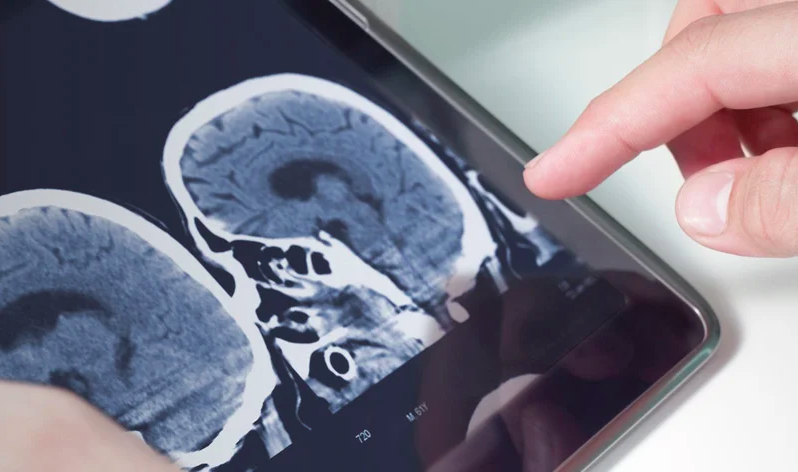Radiology – Integrated Training Initiative (R-ITI) | Paediatrics | Air Leaks in Children



Air leaks in children
Session overview
Description
The session looks at pneumothorax, pneumomediastinum, air leaks in neonates, air leaks in older children and post-traumatic air leaks.
Learning objectives
By the end of this session you will be able to:
- Analyse a paediatric chest x-ray (CXR) and identify air leaks on erect and supine radiographs
- Recognise a pneumothorax/pneumomediastinum on computed tomography (CT)
- Name important causes of air leaks in children
- Identify emergency situations
- Suggest further investigations to aid management
Prerequisites
Before commencing this session you should be able to:
- Interpret an adult CXR
- Demonstrate a basic understanding of radiograph interpretation in children
This session covers air leaks in children. We will first cover the different types of air leaks, then their causes and finally we will look at their radiological appearance.
There are many types of air leak. In general air leaks are divided into:
- Pneumothorax
- Pneumomediastinum
- Pneumopericardium
- Pneumoperitoneum
- Pulmonary interstitial emphysema
- Step to Work | Systems that shape everyday practic...
- Posted By eIntegrity Healthcare e-Learning
- Posted Date: 2024-12-23
- Location:Online
- This session looks at how the everyday practice of allied health professionals is part of, and shaped by, complex systems.
- Step to Work | Sustaining change and learning
- Posted By eIntegrity Healthcare e-Learning
- Posted Date: 2024-12-23
- Location:Online
- In this session, we will help you begin to draw together some of your reflections and learning from the Step to Work programme. We will be drawing on some ideas from positive psychology to help you do this.
- Step to Work | Positive appraisal of learning duri...
- Posted By eIntegrity Healthcare e-Learning
- Posted Date: 2024-12-23
- Location:Online
- This session focuses on appraising your experiences in service settings to help you surface and understand the thoughts and feelings1 about difficult and challenging situations you have experienced. It will also help you to better appreciate your own stre
- Step to Work | Personal wellbeing at work
- Posted By eIntegrity Healthcare e-Learning
- Posted Date: 2024-12-23
- Location:Online
- This session explores how we can use self-care practices to help overcome the negative impacts that challenging days at work have on us and promote health and wellbeing.
- Step to Work | Introduction to the sessions in the...
- Posted By eIntegrity Healthcare e-Learning
- Posted Date: 2024-12-23
- Location:Online
- Introdcution to the sessions in the Step to Work programmme.


